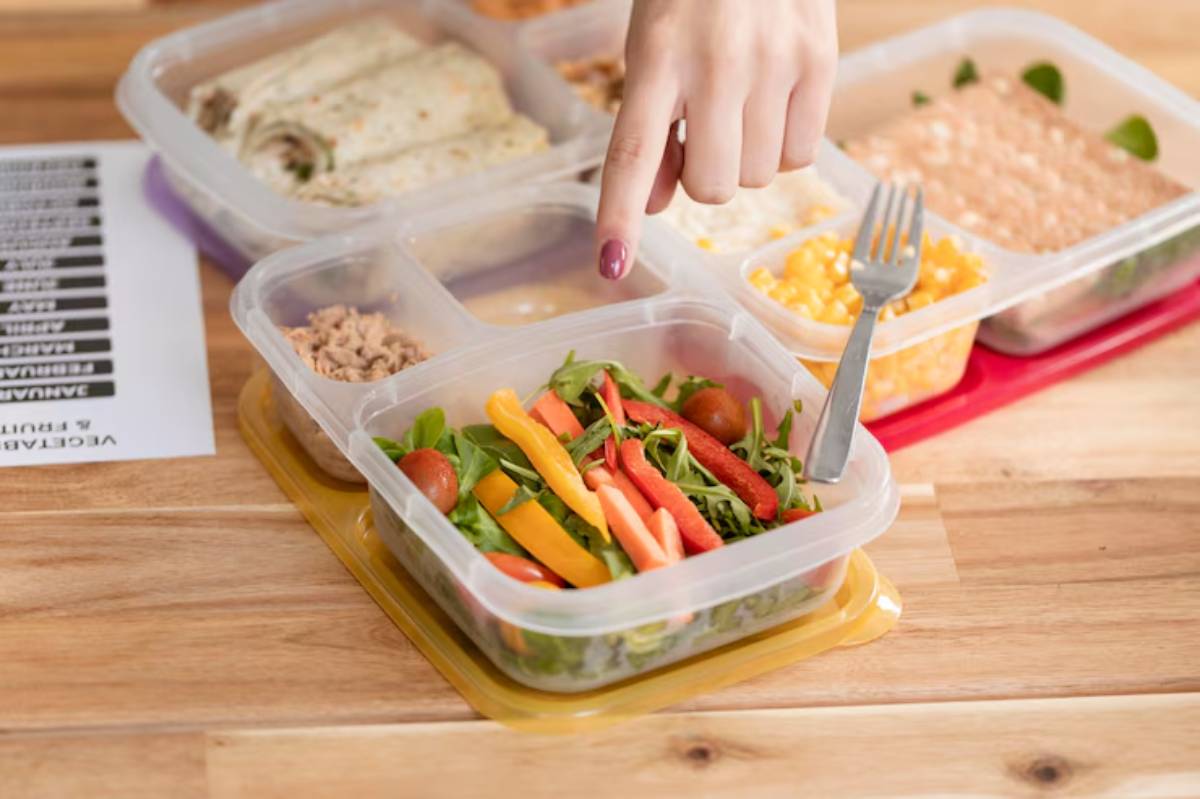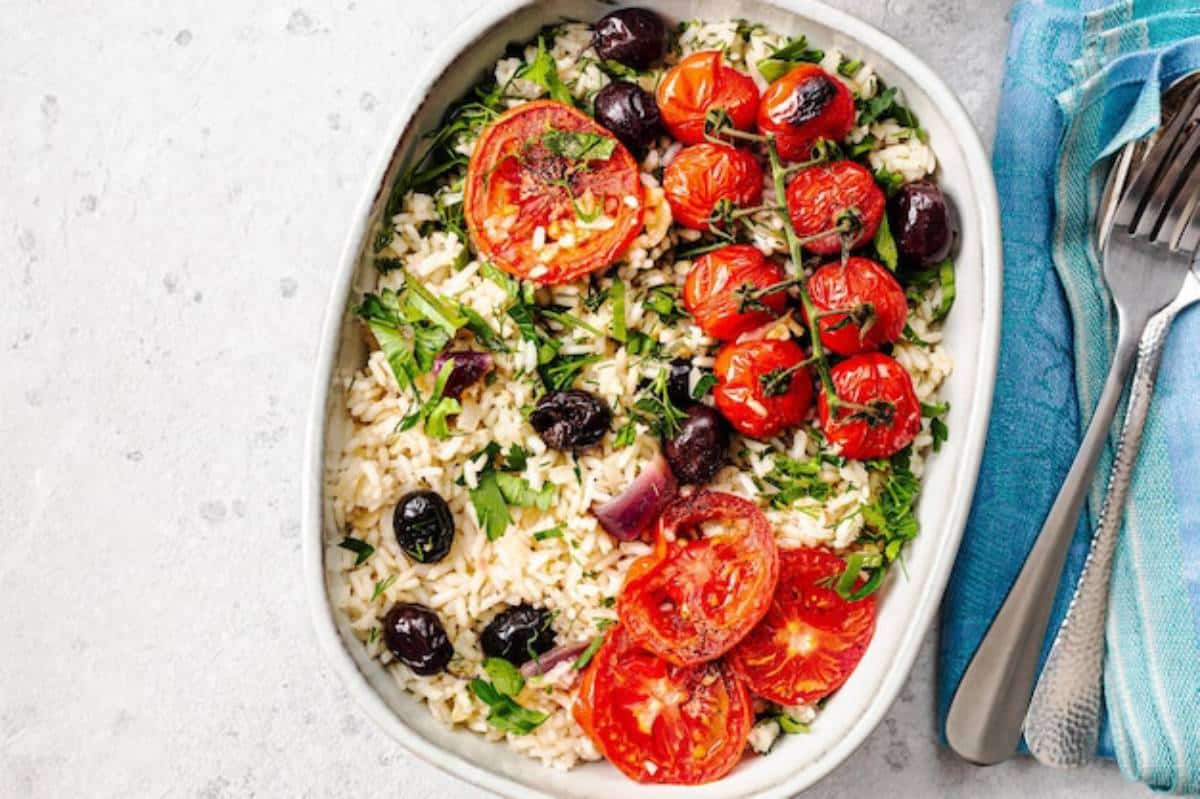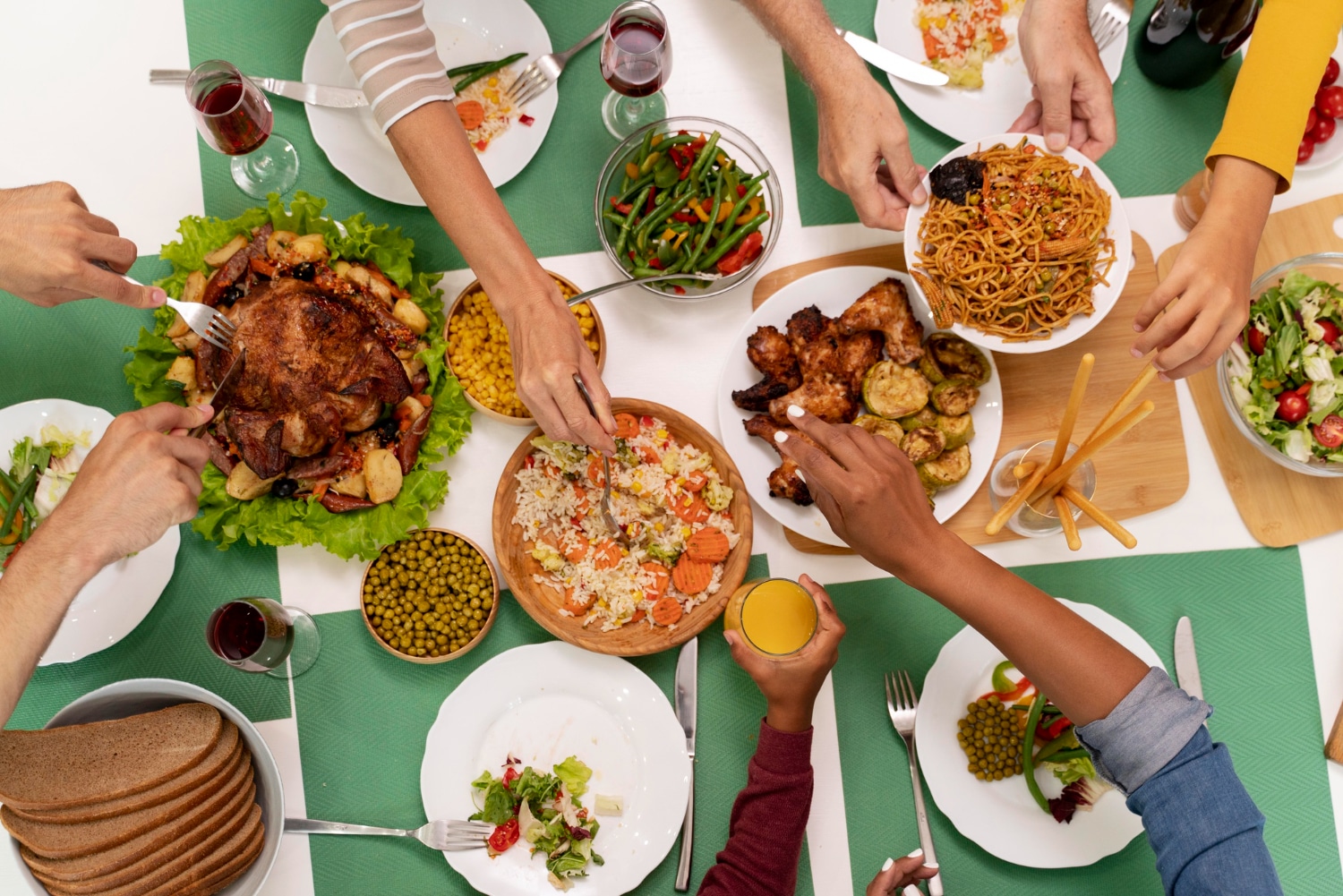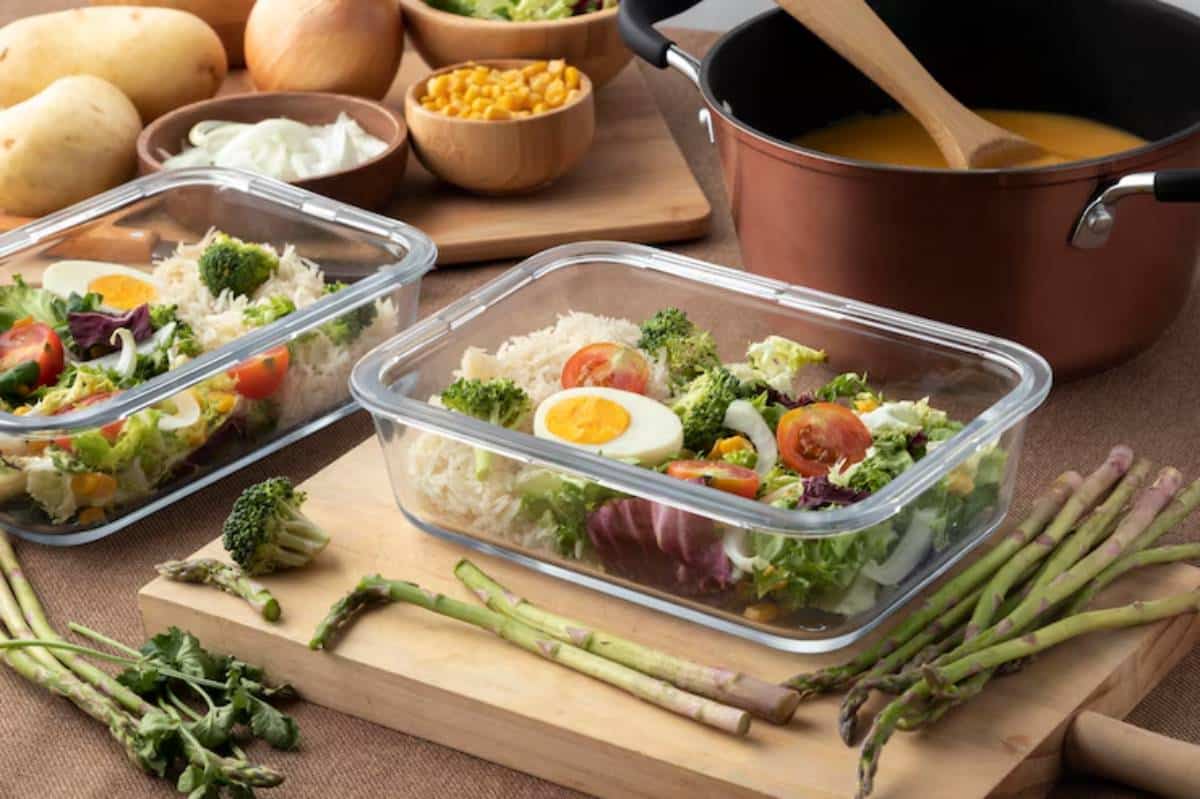
How to Keep Your Lunchbox Fresh All Day
We’ve all been there: you open your lunchbox midday only to find your crisp salad has wilted, your sandwich is soggy, or your yoghurt’s gone warm. Not ideal. Whether you’re heading to the office, school, or a day trip, keeping your lunch fresh from morning till mealtime can be a daily struggle — but it doesn’t have to be.
In this post, we’ll dive into how to keep your lunchbox cool, crisp, and safe to eat. From the science behind insulation to smart food choices and clever storage hacks, you’ll walk away with a toolbox of strategies. And yes, it can all be done without splurging on fancy gear.
Why Lunchbox Freshness Really Matters
Health and Safety
Food left at unsafe temperatures can become a breeding ground for bacteria — think soggy pasta or half-melted cheese. The UK’s Food Standards Agency advises keeping perishable foods below 8°C to reduce the risk of foodborne illnesses. If your lunch includes dairy, meat, eggs, or cooked grains, temperature control becomes more than just a quality issue — it’s a health essential.
Taste and Texture
A warm chicken wrap that was supposed to be crisp, or fruit that’s gone mushy, can make lunch unappetising. Freshness doesn’t just preserve safety; it preserves flavour and texture too.
Choose the Right Lunchbox (It Makes a Bigger Difference Than You Think)
Your container is the first line of defence in preserving freshness. Not all lunchboxes are created equal, so here’s what to look for:
Insulated Lunch Bags

Go for double-walled insulation with a thermal lining. These are designed to slow down the temperature change and work great when paired with ice packs.
What to look for:
- Water-resistant interiors (for easy cleaning)
- Leak-proof zips
- Space for ice blocks
Hard Shell Containers
Sturdy containers protect delicate foods like leafy greens or sushi from being crushed. Bonus: they don’t trap heat like some soft containers.
Bento-Style Lunchboxes
Bento boxes are compartmentalised, keeping wet foods from mingling with dry ones — perfect if you’re packing dips, dressings, or juicy items that could make the rest soggy.
Temperature Control Tools: Ice Packs and More
Ice packs are a no-brainer, but there’s nuance in how you use them.
Standard Ice Packs
Keep one on top and one underneath your food for maximum coverage. Cold air sinks, so stacking them helps maintain an even chill.
Gel Packs vs. Ice Blocks
Gel packs are softer and often better for snug compartments. Ice blocks tend to last longer but are bulkier.
DIY Cold Sources
No ice pack? Freeze a small bottle of water or juice — it’ll act as a coolant and be ready to drink by lunchtime.
Tip: If you’re building a lunch for a long day out or travelling in the heat, wrap your ice packs in foil or a small towel to slow thawing.
The Golden Rule: Pack Cold Food Cold and Hot Food Hot
Mixing temperatures inside the same container speeds up spoilage. If you’re packing leftover stew, keep it hot and separate. If you’re packing salad, keep it cold.
Consider bringing hot items in a separate insulated flask. Many high-quality flasks keep contents hot for 6–10 hours, ideal for soup, pasta, or curries.
Smart Food Choices That Stay Fresher for Longer

Choose Ingredients That Travel Well
Certain foods just handle transport and temperature changes better:
- Sturdy greens like kale or baby spinach (better than iceberg)
- Firm fruits like apples or grapes (avoid bananas unless eaten quickly)
- Dried or cured meats (like salami) hold up better than deli ham
- Whole grain breads over soft white ones (they’re less likely to go soggy)
Keep Dressings and Moisture Separate
Pack sauces, dips, and dressings in separate containers and combine them just before eating. This one tweak can make a world of difference in freshness.
Layering Strategy: How You Pack Matters
Believe it or not, where you place items in your lunchbox makes a big difference.
Bottom Layer: Cold Packs
Place one at the base to cool from below.
Middle Layer: Dense, Cold-Friendly Foods
Foods like pasta salad or hummus can tolerate a little chill and help insulate more delicate items above.
Top Layer: Fragile or Sog-Prone Items
Think crisps, crackers, leafy greens, or bread. Placing them at the top keeps them away from moisture and squashing.
The Night Before vs. The Morning Of
What to Prep in Advance
- Salads (minus dressing)
- Cooked grains and proteins
- Cold snacks like crudités or boiled eggs
Store them in airtight containers in the fridge overnight. If you’ve got a fridge-to-lunchbox routine, consider packing directly into your container and keeping it chilled until morning.
Morning Touch-Ups
Add sensitive items like sliced tomatoes, avocado, or crisp lettuce in the morning. These don’t fare well overnight and can turn mushy by lunchtime.
Keep It Dry: Moisture is the Enemy of Freshness
Excess humidity inside your lunchbox speeds up wilting and sogginess.
Quick Tricks:
- Use a folded paper towel inside containers of leafy greens
- Wrap sandwiches in wax paper instead of plastic wrap (plastic traps moisture)
- Ventilate hot food briefly before sealing it, so steam doesn’t build up
Office and On-the-Go Storage Tips
Don’t Rely on the Office Fridge
It’s often overstuffed or not cold enough. Your insulated lunch bag with two ice packs will likely do a better job.
Shield from Sunlight
If you’re storing your lunch near a window, tuck it into a cupboard or bag that keeps it shaded.
Build a Balanced and Fresh Meal
Keeping food cold is only part of the equation. A well-balanced lunch will also help keep you full, energised, and satisfied.
A Fresh-Friendly Lunchbox Might Include:
- Protein: grilled chicken, falafel, tofu cubes, boiled eggs
- Healthy fat: hummus, avocado (added fresh), nuts
- Complex carbs: brown rice, sweet potato, whole wheat pitta
- Crisp vegetables: carrot sticks, cucumber, cherry tomatoes
- A fresh fruit: apple slices, berries (with a paper towel to absorb juice)
Want inspiration? Try building your menu around these bento-style low-carb lunches for flavour-packed, fridge-stable options.
Sustainable and Smart Storage Options
Choose Eco-Friendly Lunch Containers
Look for containers made from:
- Stainless steel – durable and doesn’t stain
- Glass – great for reheating but needs a padded carrier
- BPA-free plastic – lighter, but ensure it’s food-safe
Make sustainability a priority by ditching single-use bags and choosing reusable wraps, silicone pouches, and beeswax paper.
You can explore more eco-friendly containers for meal prep if you’re looking to build a zero-waste lunch system.
Final Thoughts: Keeping Your Lunch Fresh is Simpler Than You Think
With just a little planning and the right tools, you can say goodbye to limp salads, sweaty cheese, and lunchtime disappointment. An insulated lunchbox, smart food layering, and an eye for moisture control go a long way — not just for your palate, but for your peace of mind.
So the next time you prep your lunch, ask yourself: is it packed to stay fresh till noon — or until you’re ready to eat it?
Take the tips from today and test them out this week. Your tastebuds (and your stomach) will thank you.


